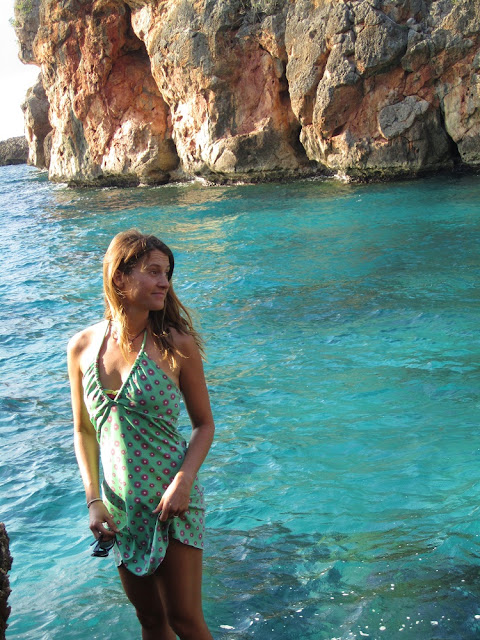| Ajo abounds near the Caribbean shores. For the first several weeks of our Cuban tour, our bike came to a screeching halt every time a braid of pearly white medicinal Cuban garlic was spotted. Now, as we learn about Cuban’s love of Ajo and its widespread appeal and availability, some hours do go by when we pass up a roadside garlic vendor. This afternoon was not one of those times, and these old-timers echoed the story told to us by many a Ajo lover: “For truly excellent health, for bone strength, joint function, circulation, heart, immune system, this is what you must do. Take on bottle of Cuban white rum, two heads of Garlic, split head into cloves and drop cloves into the bottle of rum. After several weeks, you have a green medicine. Every morning before breakfast, just one small shot of Ron de Ajo. This is the key to Cuban’s optimal health.” |

























Yes! Yes!
ReplyDeleteGuy with the hawk outside farmacia...epic
The heart garden garlic....soaking up sweet rains, frosty mornings, and fall sunsets. Each a few inches above the soil, unfurling toward the sun with leaves still hugging each other as they emerge from the bulbs. Aaaaannd I still need to tell you both a cool story about what else has sprouted in there.
I imagine you in your words...
"Sometimes, for unknown reasons, the realities of life far exceed our wildest dreams. This has been one of those sweet, unforgettable times." I also like guessing who took the pictures...
Central Coast blessings of heart garden fertility to you two...
you guys are so awesome
ReplyDelete